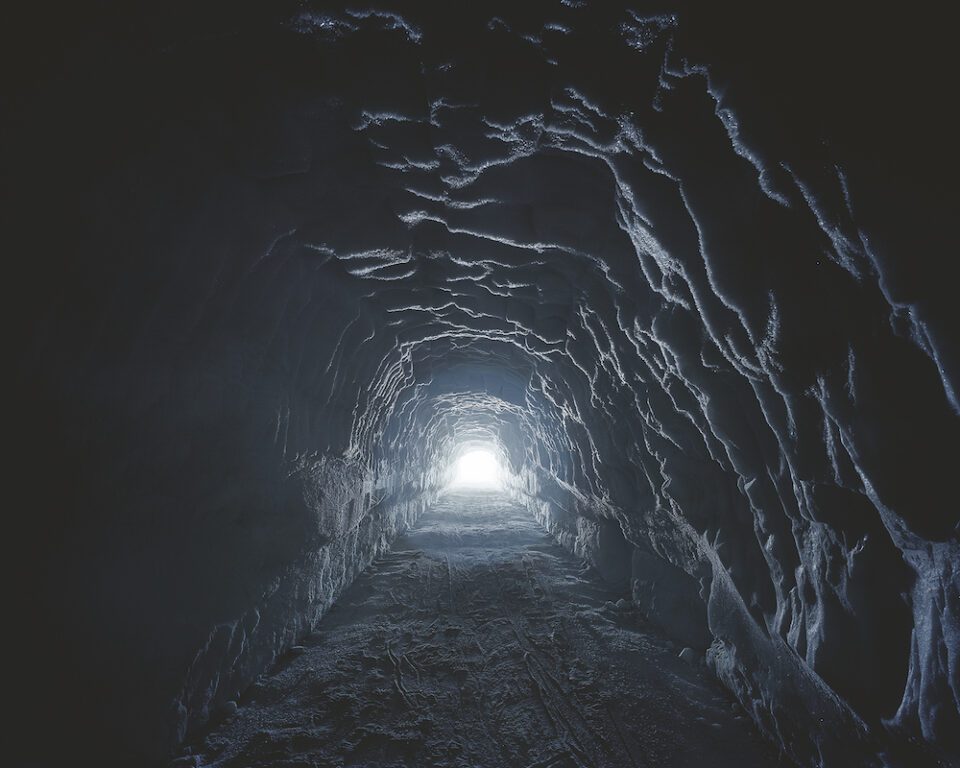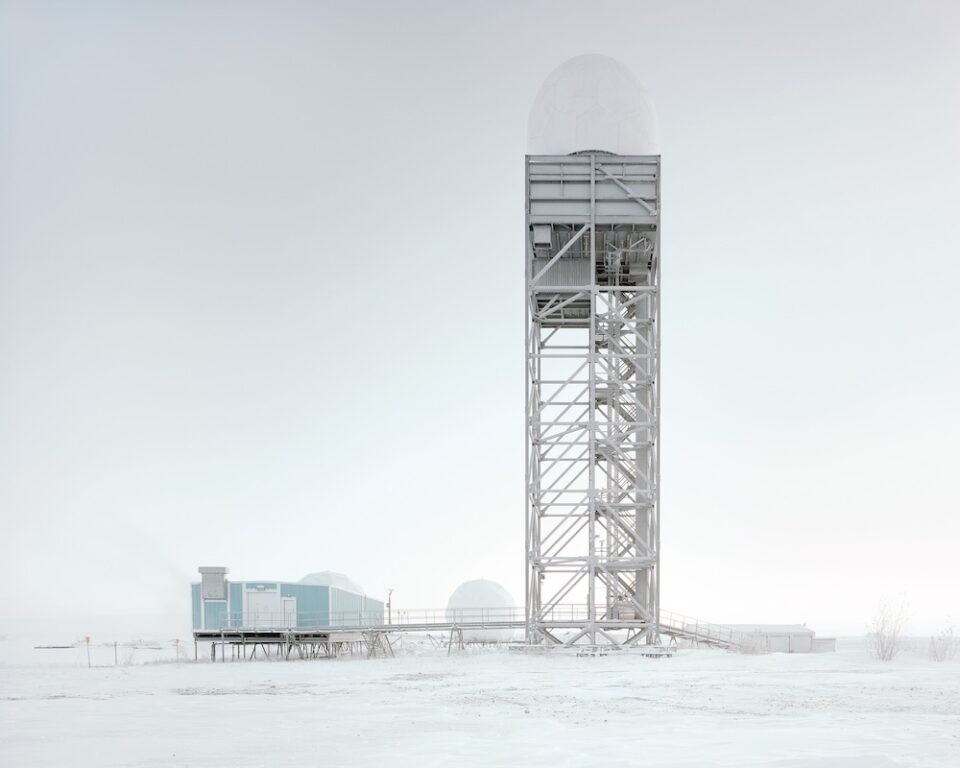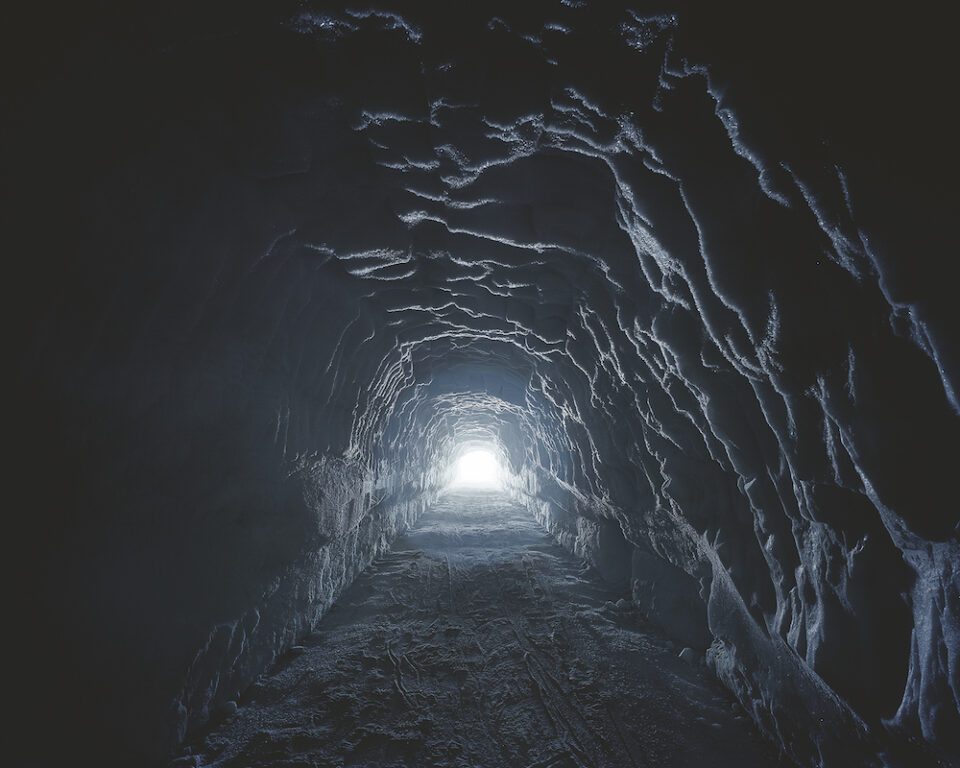Inaccessible landscapes, sealed off zones and military exclusion areas; in the exhibition Unseen Places, Austrian photographer Gregor Sailer (b. 1980) exposes us to the inhospitable – capturing surreal architecture on the borders of civilisation. Kunst Haus Wien presents several years’ work, including Sailer’s most recent series The Polar Silk Road. It depicts the serene vastness of the Arctic landscape, set against a rising backdrop of geopolitical tension. Eight countries claim ownership over parts of Arctic land and sea – a situation which has led to economic and territorial disputes. As such, these photographs capture a sense of unease: a detachment from reality, and a space where humanity seems out of reach.

The images in The Polar Silk Road required months of preparation and intensive research, with many captured under extreme weather conditions. Arctic temperatures can reach -50°C, so Sailer takes only “one shot per motif” with an analog view camera. No life lingers in these single images. Stark open landscapes contrast against sculpture-like buildings, conjuring a sense of life on a precipice. This absence is a deliberate act by the artist, who told Dezeen: “I am interested more in the tracks and signs of humans than in images of them. For me, the lack of people in such areas increases the surreal and oppressing atmosphere.” Within this sense of lifelessness, however, nature persists. Towers are blanketed by snow and underground excavations reveal etched mountainscapes.

Kunst Haus Wien is also showing In the Potemkin Village, the artist’s most acclaimed body of work. It’s a collection about artifice and illusion, where buildings are revealed as mere façades and bright-fronted walls peel away to expose decaying architecture. The series takes its title from Grigory Potemkin, a lover of Russian Empress Catherine II. The original Potemkin village, built in the late 18th century, was a portable construction transported across Crimea designed to impress the Empress on her travels. Potemkin’s namesake has evolved to encompass false or deceptive appearances, especially when used as propaganda. Such villages live on in countries across Europe. In Russia, for example, elaborate cloths hide the ageing architecture of Ufa and Suzfal. Sailer first captured these places in 2013 and has continued to find examples of false structures across the globe. In Sweden, a car-testing facility imitates New York, and empty settlements create military training zones in France. Sailer’s images not only expose the illusion of ‘fake cities’, but test the very limits of photographic authenticity.
Unseen Places, Kunst Haus Wien, Vienna | 15 September – 19 February 2023
Words: Megan Jones
Image Credits:
1. Gregor Sailer, Sweden, from the series In the Potemkin Village.
2. Gregor Sailer, Greenland, 2019, from the series The Polar Silk Road.
3. Gregor Sailer, Canada, from the series The Polar Silk Road.





